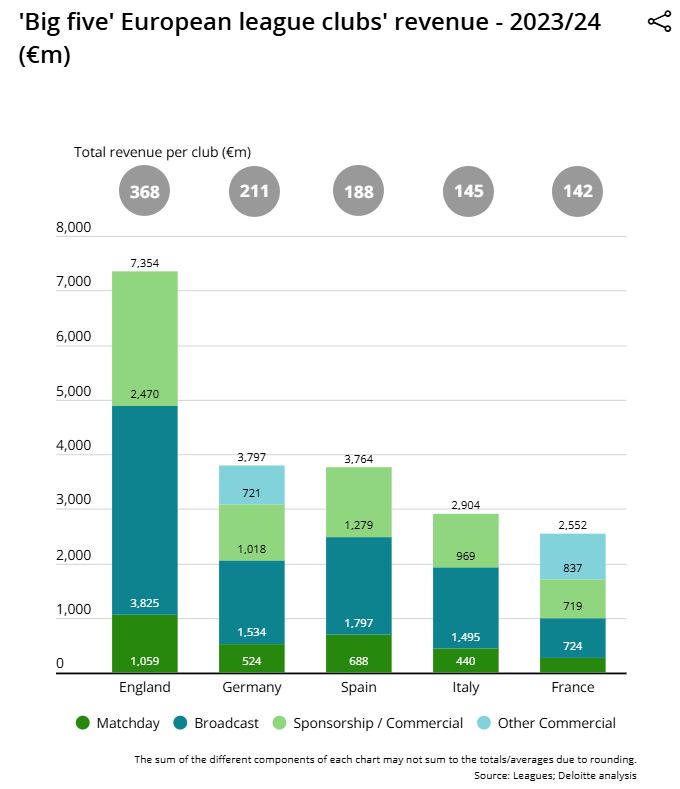Online scams, now those related to the death of Pope Francis are multiplying: how to recognize them and how to defend themselves

Alarm of Check Point Software experts, two main types of threats from which to keep away from. All tips not to end up in trap
Technically they are IT criminalsbut it would not be incorrect to call them jackals or vultures. In fact, they do not scruple to draw cynical benefit from situations of mourning or crisis. It happens punctually when natural disasters occur – think of the fake rates -, it has also happened during the Covid emergency and now the script is repeated following the Death of Pope Francis. The reason is soon said: «The curiosity of the public and emotional reactions make these moments for the attackers Privileged occasions to hit». This is affirmed in a note sent to the press experts of Check Point Software Technologies, an international supplier of Cybersecurity platforms based on artificial intelligence for companies and governments.
Disinformation on social media
More in detail, the main types of threats detected these days by the specialists are two: the first leverages Disinformation campaigns launched on social media through the sharing of false images generated with the AI. « These campaigns – reads – are designed to capture users’ attention, pushing them to look for further information through search engines or click on the linked links in the images or posts. Once clicked, users can be redirected to fraudulent websites that have several malicious purposes, from the theft of data to financial scams». To make these portals particularly insidious the fact that, as often happens, they are designed to look as much as possible to digital environments vice versa as well as reliable (in line with the typical mechanism of phishing). In one of the observed cases, for example, the unfortunate were pushed to access one Fake Google page that promoted a gilding scam« Tactics commonly used to deceive people and induce them to deliver sensitive information or make payments ».
SEO poisoning
The other most used fraudulent scheme consists of the so -called SEO poisoning (from English Search Engine Optimization Poisoning). «In this case – the experts illustrate -, the IT criminals they pay to place their harmful sites among the legitimate research resultsdeceiving users and making them believe to access reliable information. This method allows you to distribute malware, steal credentials or divert session cookies, ending up moneting the traffic generated by these sites ». In concrete terms, therefore, anyone in these hours should seek news or updates on Pope Francis could end up for Click unconsciously on a harmful link positioned at the top of the results of Google or other online search engines. A problem – is specified – « aggravated by the fact that many of these domains do not appear in intelligence tools on reputation. The domains may have been recently recorded or have remained inactive for months without showing any harmful behavior, allowing them to Erlude the detection by most computer security systems».

You are ready -to -use tips
« Computer criminals thrive thanks to chaos and curiosity – says Rafa Lopez, Security Engineer, Check Point Software Technologies Check Point. -. Every time an important news event occurs, we witness a strong increase in scams designed to exploit the interest of the public. The best defense is a combination of user awareness and stratified security protection « . You are, in this respect, The advice provided by the company to « significantly reduce the risk of falling victims of disinformation campaigns or computer attacks that exploit global events ». Here they are closing.
- Keep the updated browser and operating system at the latest versions. Safety patches often solve the vulnerabilities exploited by the attackers.
- Use navigation protection tools That real time websites verify, blocking harmful links before they are loaded.
- Be cautious with sensational titles or viral contentespecially on social media. If the news looks shocking, it is better to make a cross control with reliable media.
- Do not click on links from unknown sourcesespecially in emails or posts on social networks relating to last hour news. Instead, type the URL of the official news sites directly in the browser.
- Use intelligence services on threats To check the domains or suspicious files before accessing them.
- Consider adopting advanced security software which includes protection from phishing, detection of IT threats and updates of information on threats to keep their devices safe.







